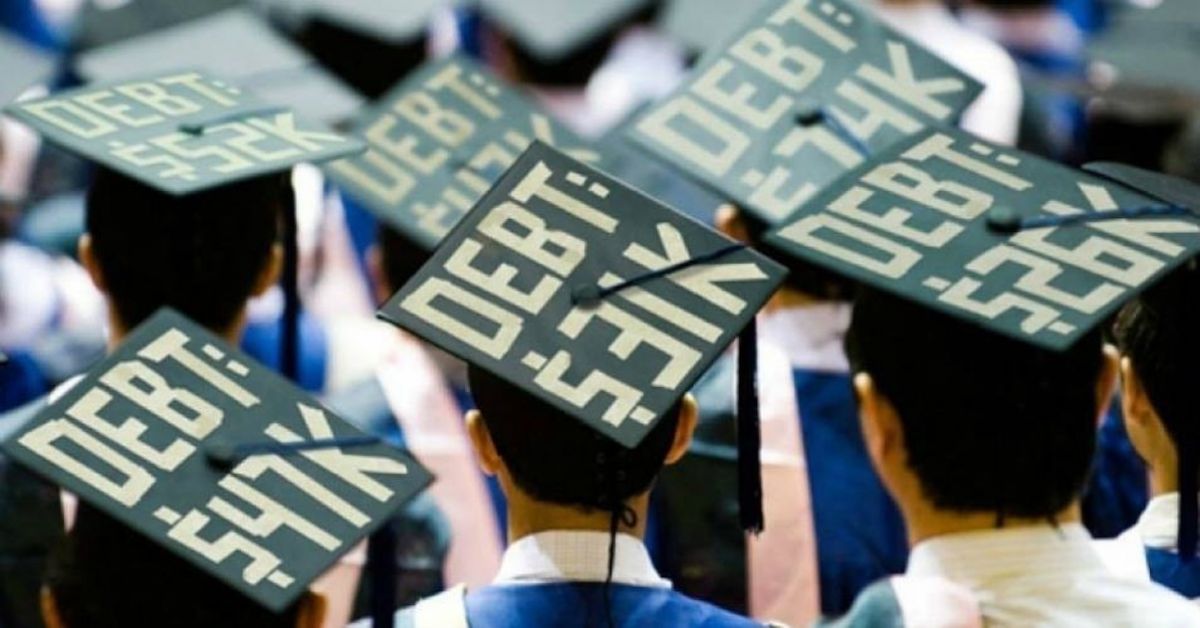At this point, you’ve likely heard it all over the news. On August 24th, 2022, the Biden-Harris Administration announced a Student Debt Relief Plan (student loan forgiveness) that includes a one-time student loan debt relief payment targeted to low- and middle-income families.
My job here is not to debate the political aspects of this program, but to share the facts. I personally paid off college over twenty years ago (through grit and determination), so I do not qualify for this program. As someone who studies personal finance, however, I know the tremendous strain that student loans have had on families and also the larger economy. I am personally happy for those who will receive the aid. Good for Your Wealth is here to help with your questions.
Who qualifies for the Student Debt Relief Plan?
As outlined by the Department of Education, the requirements are:
- Income requirement. You’re eligible for the student loan debt relief plan if your annual income was below $125,000 (individual or married, but filing separately) or $250,000 (married, filing jointly or head of household) in 2021 or 2020.
- Cut-off requirements. You must have a federal loan with an outstanding balance as of June 30, 2022. If you paid off your balance prior to that date, you do not qualify.
- Loan type requirement. The aid is toward qualified federal student loans. The list of loans is further into this article. Consolidation loans also qualify if all of the underlying loans that were consolidated were first dispersed on or before June 30, 2022. Private loans (non-federal) do not qualify. If your loan has defaulted, you are still eligible if you meet all requirements.
How much am I qualified to receive?
Those who meet the income requirement and have received a Pell Grant for college will be eligible for up to $20,000 in debt relief. Those who meet the income requirement, but did NOT receive a Pell Grant in college will be eligible for up to $10,000 in debt relief. You can find out if you’ve ever received a Pell Grant by logging in to StudentAid.gov. The Department of Education will validate whether or not an applicant has ever had a Pell Grant and apply that to the application to determine the forgiveness amount (i.e. $10k or $20k). You only need to have received a single Pell Grant in order to qualify for the maximum amount of debt relief.
If you made voluntary payments during the payment pause of the COVID-19 pandemic, you are eligible for a refund of those payments made. For instance, if you qualify for $20,000 in relief, but during the payment pause during the pandemic, you paid $5,000 of a $20,000 balance off, leaving your account with a $15,000 balance. $15,000 of your relief amount would be applied to pay your account off, and the $5,000 you voluntarily paid during the pandemic will be refunded to you, totaling your $20,000 in student debt relief.
Which student loans are eligible for student debt relief?
The Student Debt Relief Plan includes these federal loans:
- William D. Ford Federal Direct Loan, including subsidized, unsubsidized, Parent PLUS, and Graduate PLUS loans.
- Federal Family Education Loan (FFEL) held by ED or in default at a guaranty agency.
- Federal Perkins Loans held by ED.
- Defaulted loans (including ED-held or commercially serviced Subsidized Stafford, Unsubsidized Stafford, parent PLUS and graduate PLUS; and Perkins loans held by ED)
When can I apply for Student Loan forgiveness?
The Department of Education has indicated that the application will go live sometime in early October [I will update this blog article when that link becomes available]. Borrowers will have until December 31, 2023 to submit the application.
What can I do right now to stay updated on student loan debt relief?
In the meantime, you can sign up for alerts at the Department of Education website. Be sure to select the box marked “New!! Federal Student Loan Borrower Updates.” They will let you know when the application process opens.
.

